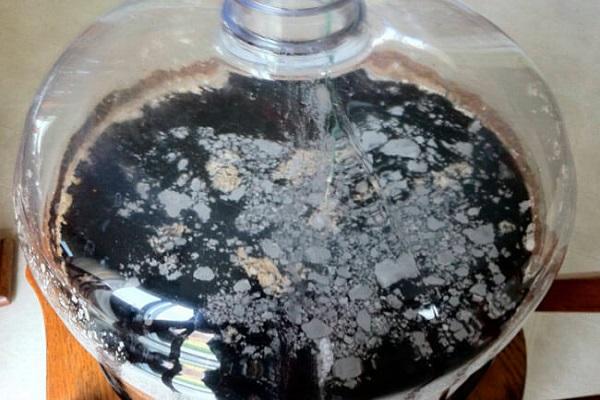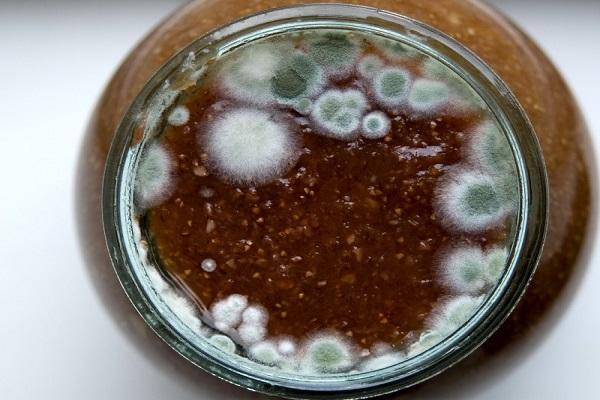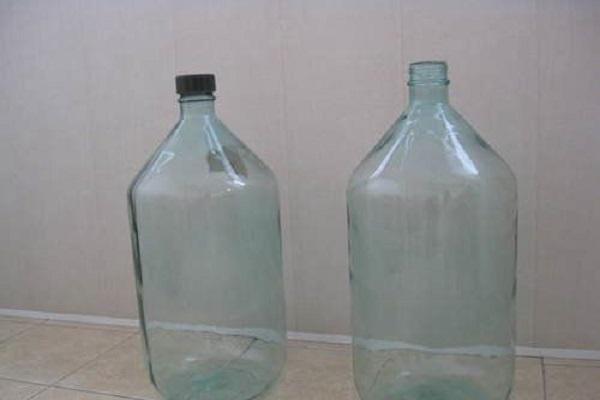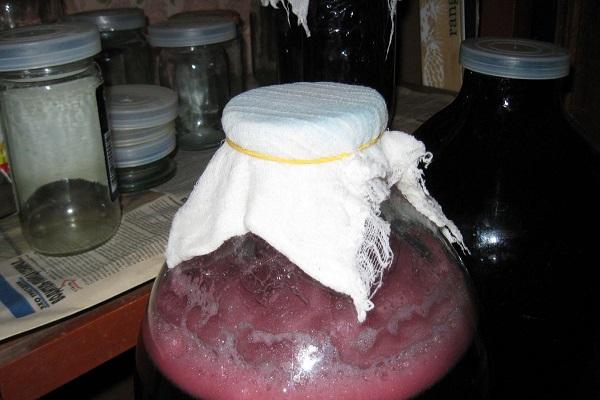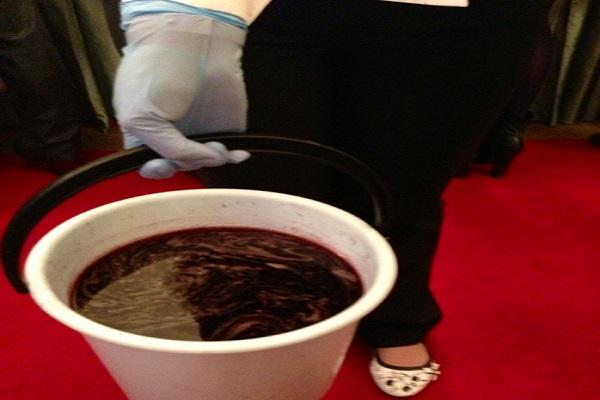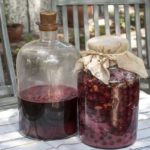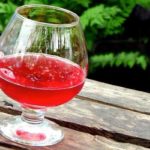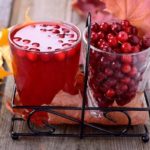When making homemade alcoholic beverages, mold often appears on the wine, which can spoil the wine product if measures are not taken in time. It is always better to prevent a problem than to deal with it later. But if this happens, and mold still appears on the surface, you should get rid of it, correct the situation and save the future wine.
Can grape mold be noble mold?
If homemade wine is covered with mold, then it must be dealt with, because it cannot in any way be useful, but only harmful, which will spoil the finished product. But noble mold still exists. It appears on ripened grapes under a certain environment. This occurs in areas where morning fog gives way to warm, dry weather during the day.
Under the influence of noble mold, the concentration of sugar increases and the acidity in the grapes decreases. The aroma from the skin of the berries passes into the juice and is subsequently retained in the wine product. Obtaining such a drink is a complex and time-consuming process.
Berries covered with the Botrytis cinerea fungus must be undamaged to prevent the grape pulp from coming into contact with oxygen. Otherwise, noble mold quickly transforms into gray rot.
What harm can it do?
If the wine preparation technology is violated, a coating in the form of a thin, almost transparent film may appear on its surface. If you do not notice it in time and do not take measures to eliminate it, then in the future the new growth becomes moldy, becomes denser, and darkens. The drink takes on an unpleasant odor.
When the resulting fungus sinks to the bottom of the container, the wine cannot be saved, and the wine product will be irretrievably damaged.
Mold can appear not only on the finished product, but also during fermentation.
Reasons for appearance
There are several factors that can cause fungus to get into wine.
- Poorly washed containers are one of the reasons for blooms in the drink. A visually clean container or tools may become contaminated with fungus, which will subsequently lead to the appearance of mold on the surface of the wine.
- Oxygen entering the wort container. Most often, wine blossom appears under a glove or cotton plug. For example, if a medical glove is not tightly fixed to the neck of the jar, air gets inside during the fermentation process, which leads to undesirable consequences.
- Blossom also appears due to a lack of sugar and strength. The percentage of alcohol in the drink should not fall below 12 degrees.
- If the wine becomes moldy, it means that the temperature regime has been violated. The temperature in the room where the drink is located during the fermentation stage should not fall below 22 degrees and rise above 27. The finished product is stored in a basement or cool room.
- The formation of mold in young wine can be caused by high humidity, over 85%.
Knowing the reasons why fungus appears, you can avoid this trouble.
How to recognize fungus when making homemade wine
To recognize the fungus in time, you need to carefully monitor the wort. At this stage of preparation, the wine can still be saved. If winemakers notice that a white film has appeared on the surface of the wort or the finished product, they are definitely looking at mold. Fungus reproduction is just beginning at the top, and the mold has not had time to sink to the bottom.
At the second stage of fungal development, you can see the compaction of the white film and the appearance of moldy centers. If you find wine in this state, you can still try to save it, but if the fungal particles have managed to sink to the bottom, the taste of the drink will be spoiled.
The final stage is the precipitation of fungal colonies into the wort. The wine turns into a mixture of water and mold with an unpleasant odor. All you have to do is pour out this drink.
What to do with mold on wine
There are several effective methods for combating mold, but, in any case, if a white film appears on the wine, it must be carefully removed with a spoon. If mold has formed in a bottle with a narrow neck, you can use a tube to pour the contents, leaving sediment and a little drink at the bottom of the container.
- The wine, cleared of mold, is poured into a container for further heat treatment. The juice is heated to 70 degrees, but not higher. At high temperatures, the degrees evaporate, the drink loses its taste.
- Vodka or alcohol will help get rid of mold. The strong drink is poured into young wine, raising the temperature to 15, which leads to the death of the fungus.
- You can also correct the situation by starting the fermentation process a second time. To do this, add sugar or fresh grape juice to the wine.
When making a drink, special attention should be paid to dry, dessert and semi-dry wines. They are at risk.
How to prevent fungus
In order not to try to save wine from fungus in the future, it is better to prevent its occurrence. To do this, you should follow simple rules that will help you make a grape drink at home without any problems.
- The first mistake a winemaker can make is introducing rotten berries into the wort. Therefore, in order not to spoil all the wine, you need to carefully sort the grapes before squeezing the juice.
- The container where the fermentation process will take place must be thoroughly washed and treated with boiling water.
- To prevent the appearance of mold on the pulp in the first three days, it must be stirred twice a day with dry cutlery.
- A hermetically installed water seal prevents fungal spores from entering the container.
- Wort diluted with too much water can lead to mold due to decreased yeast concentration.
- To prevent the fungus from getting into the finished product, it must be stored in a cool place, first covered with a lid.
If mold appears at the initial stage, the wine can still be saved, but it is better to resort to tips that will help avoid the development of fungus in the drink.

